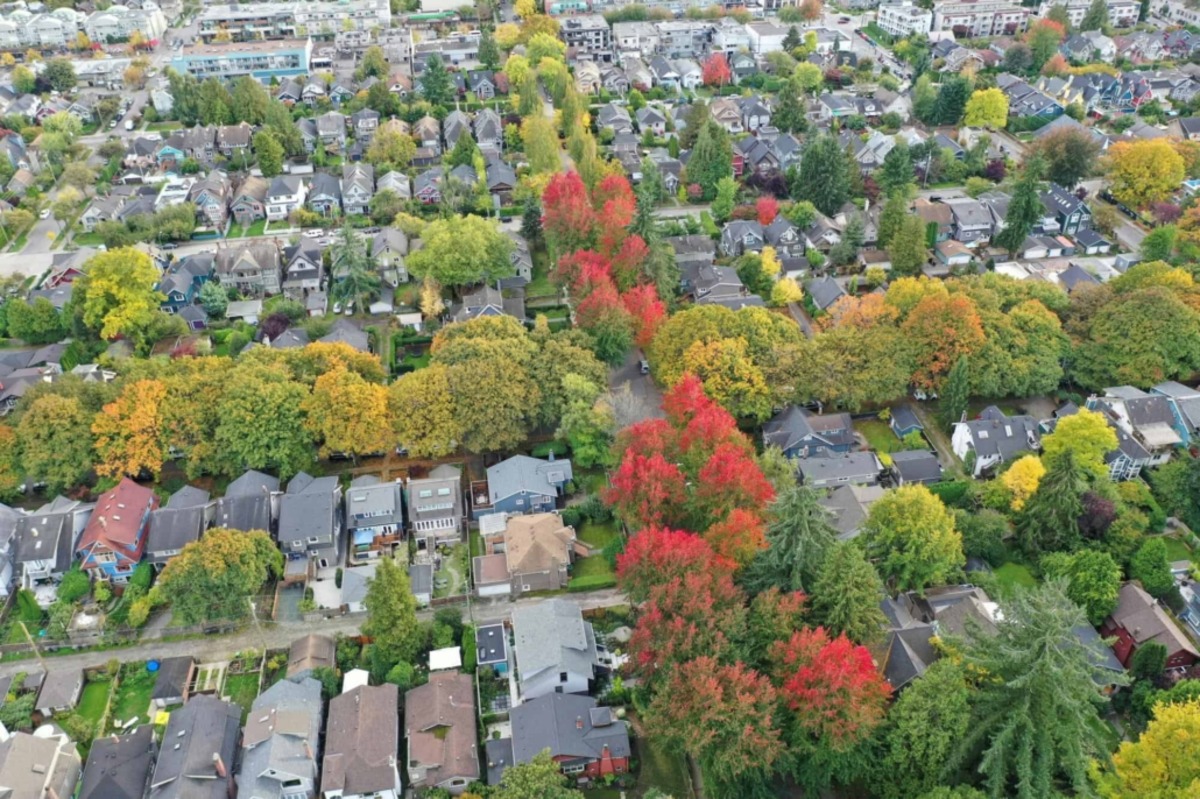Key Takeaways:
- Urban forestry plays a critical role in enhancing city livability and sustainability.
- Professional tree services are fundamental to maintaining public safety and tree health.
- Trees contribute to urban economies by uplifting property values and reducing energy costs.
- Technological innovations aid arborists in effectively managing the urban canopy.
- Engaged communities coupled with informed policies fortify urban forestry efforts.
Table of Contents:
- Introduction to Urban Forestry
- The Role of Tree Services in Urban Sustainability
- Expert Techniques in Tree Care for Healthy Cities
- Protecting Urban Trees from Common Threats
Introduction to Urban Forestry
Urban forestry refers to managing trees in densely populated areas, offering a green respite against the concrete backdrop of city life. Not only do these trees beautify neighborhoods, but they also confer several environmental benefits, such as reducing atmospheric carbon dioxide and moderating urban temperatures. Tree services such as those provided by Sanford tree service are integral to urban forestry, ensuring the longevity and vigor of trees that form part of this green infrastructure.
The Role of Tree Services in Urban Sustainability
Tree services extend beyond maintenance; they are a cornerstone to achieving a sustainable urban ecosystem. Their role encompasses a holistic approach, considering the life cycle of each tree, from seedling selection and planting to mature tree care and, ultimately, safe removal if necessary. Their expert intervention ensures that trees continue to thrive, providing cleaner air and serving as natural coolants to mitigate the urban heat island effect. These services amplify the natural symbiosis between urban dwellers and their arboreal neighbors.
Expert Techniques in Tree Care for Healthy Cities
Tree care experts blend traditional knowledge and scientific techniques to maintain the urban forest canopy. A critical component is proper pruning, which ensures trees grow strong and healthy, reducing the risk of damage during storms. Arborists must consider factors like the correct time of year to prune, the species of tree, and the specific urban context to apply their skills effectively. Supporting urban biodiversity, arborists often aid in selecting native tree species that provide essential habitat for local wildlife, contributing to biodiverse urban ecosystems.
Protecting Urban Trees from Common Threats
Urban trees are besieged by threats such as constraining growth spaces, invasive species, and pollution exposure. Vigilant tree service providers employ comprehensive health management practices to alleviate these stressors. These practices include proactive monitoring for signs of disease, implementing pest management strategies, and advocating for sufficient space and resources to enable healthy tree growth. Such dedicated care allows trees to anchor urban eco-networks resiliently.
